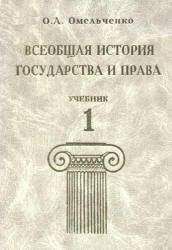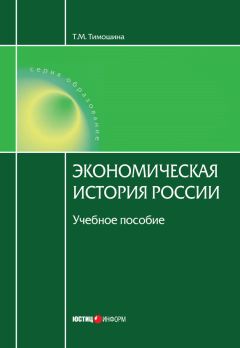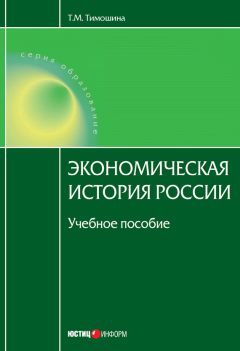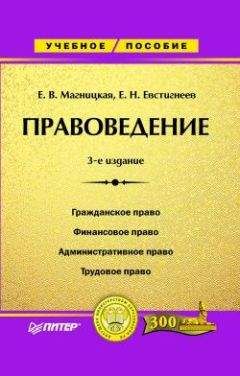Леонид Васильев - Древний Китай. Том 3: Период Чжаньго (V—III вв. до н.э.)
304
1 The second volume of J. Needham's famous work (J. Needham, Science and Civilization in China, 1956, pp. 236–268) adduces, referring the reader to Ma Kuo-han, a still longer list of Tsou Yan's ideas that were innovative in the Chou China. Needham (ibid., p. 274) attributes to Tsou Yan the authorship of the Hsichi-chuan (early 3rd century B.C.), the main commentary on the Yiching, in which all the lines of trigrams and hexagrams receive, for the first time, a philosophic interpretation. They are explained as combinations of the yin and yang symbols, which were by that time viewed as the female and the masculine principles.
305
2 Here again, as in the case of Tao, Taoists borrow a well-established Confucian term (which was applied to the sacred virtue by the early-Chou Chou-kung, and to the desacralized virtue by Confucius) and give it a new meaning saturated with non-Chinese, as regards its origins, mysticism.




